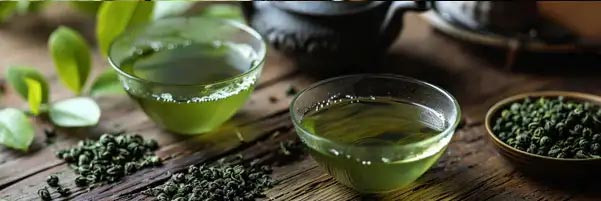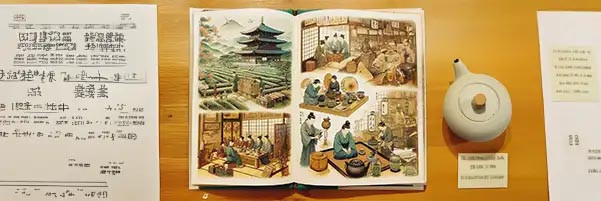The tea ceremony, or chanoyu in Japanese, is a cultural practice rich in tradition that emphasizes simplicity, harmony and beauty. If you want to organize a tea ceremony, here are some key steps, tips for choosing the right accessories and ingredients, and traditional recipes to accompany your ceremony.
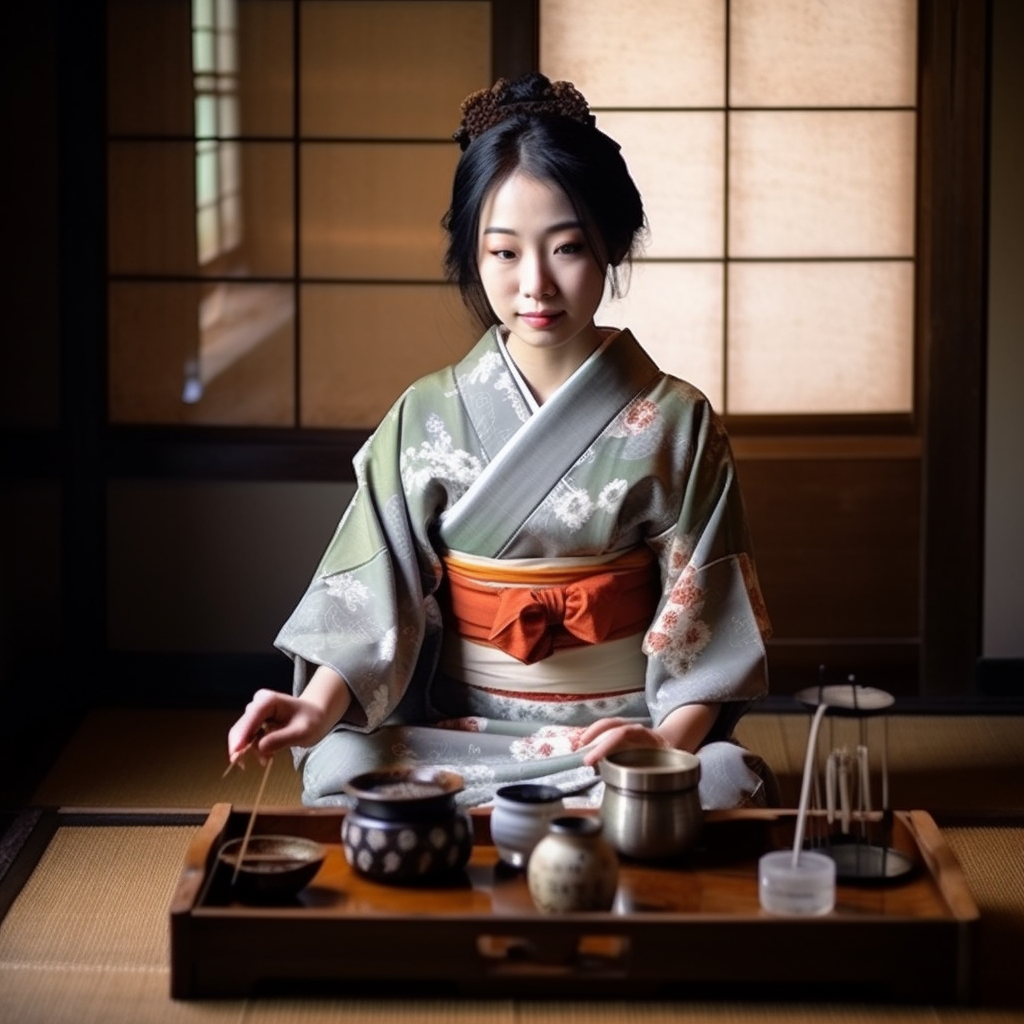
Key steps of the tea ceremony:
Preparation : Preparing for the ceremony begins with preparing the space, which must be clean and orderly. Guests are asked to remove their shoes and wash their hands before entering the tea room. The tea should be prepared in advance, and the accessories should be arranged in an orderly manner.
The tea ritual: The tea ritual is composed of several stages, which include washing the utensils, preparing the tea, presenting the bowl of tea, tasting and cleaning utensils. The master of ceremonies guides the guests through each step with precise gestures and chosen words.
The end of the ceremony: After tasting the tea, the master of ceremonies carefully cleans the utensils and puts them away. Guests are invited to look closely at the utensils, ask questions and discuss the ceremony.
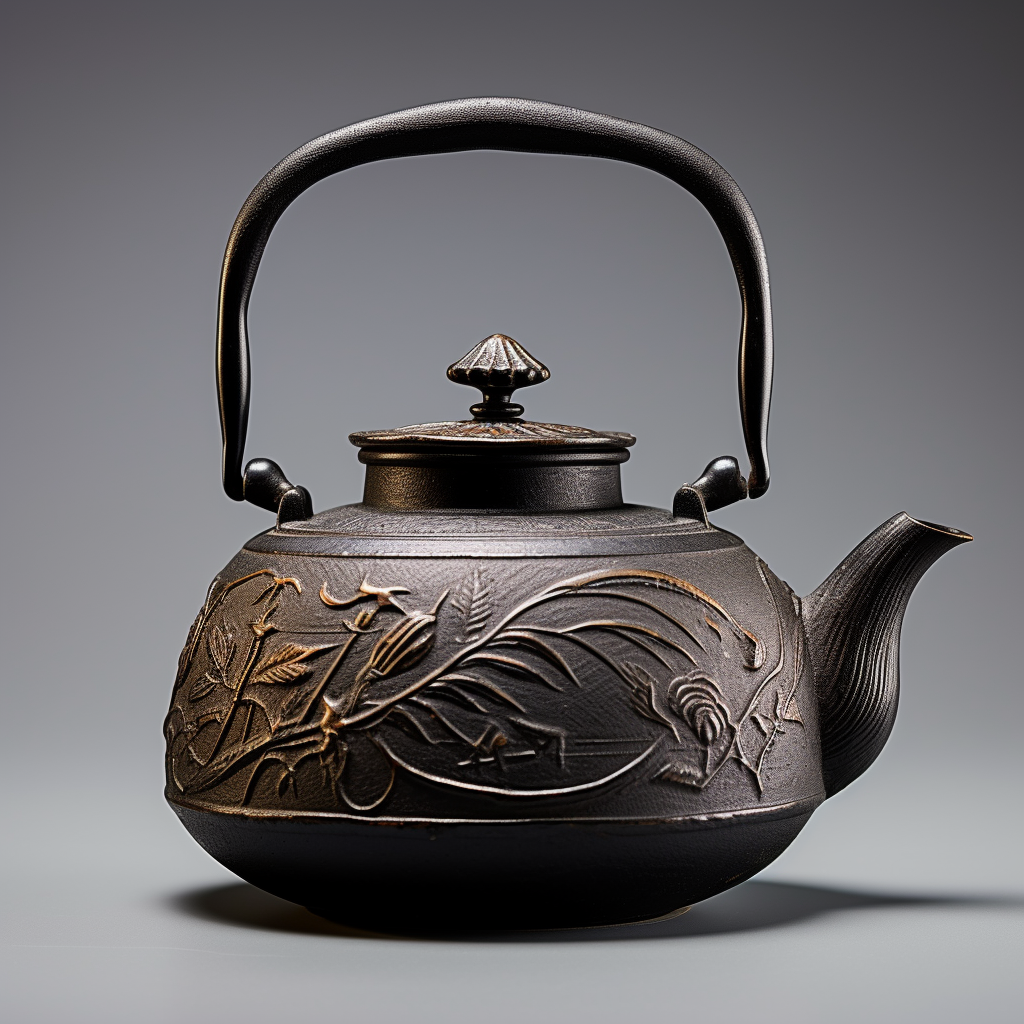
Tips for choosing the right accessories and ingredients
Utensils : Utensils used for the tea ceremony include the tea bowl, the teaspoon, the tea whisk and the teapot. They must be in harmony with each other and with the season.
Tea : The choice of tea depends on the season and the theme of the ceremony. Green tea is most commonly used, but other teas, such as matcha tea and genmaicha tea, can also be used.
Sweets : Sweets are served with tea to contrast the bitter taste of the tea. The sweets are usually small and are often made from natural ingredients such as red bean paste and sugar.
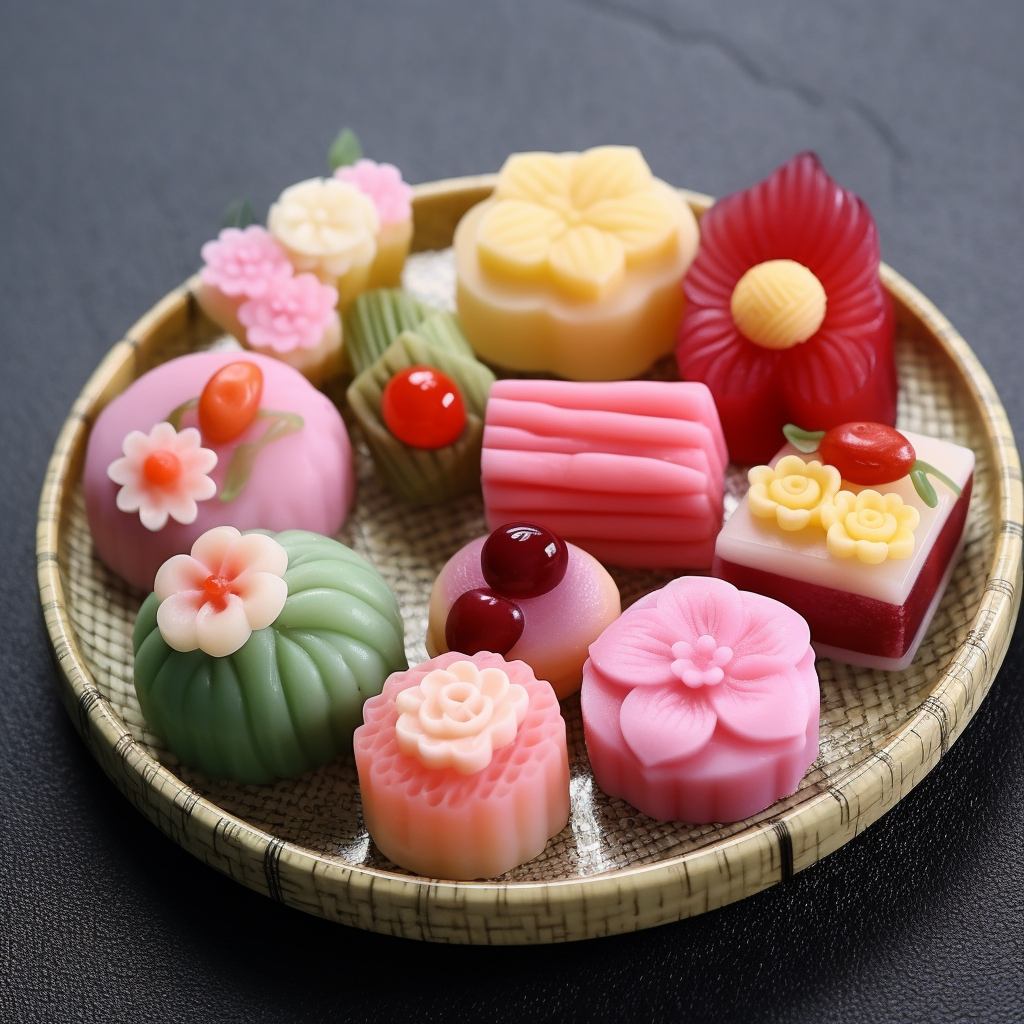
Traditional recipes to accompany the tea ceremony:
Wagashi: Wagashi are traditional Japanese sweets that are served with tea. They are often made from sticky rice, red beans and sugar. Wagashi come in many different shapes and sizes, and can be decorated with seasonal designs.
Kuzuyu: Kuzuyu is a hot drink made from kuzu, a vine root starch. It is often served during the winter months and may be flavored with matcha tea or sesame powder.
Shira-ae : Shira-ae is a traditional Japanese salad made with fresh vegetables, tofu and sesame paste. It is a healthy and light dish that goes perfectly with the tea ceremony.




















